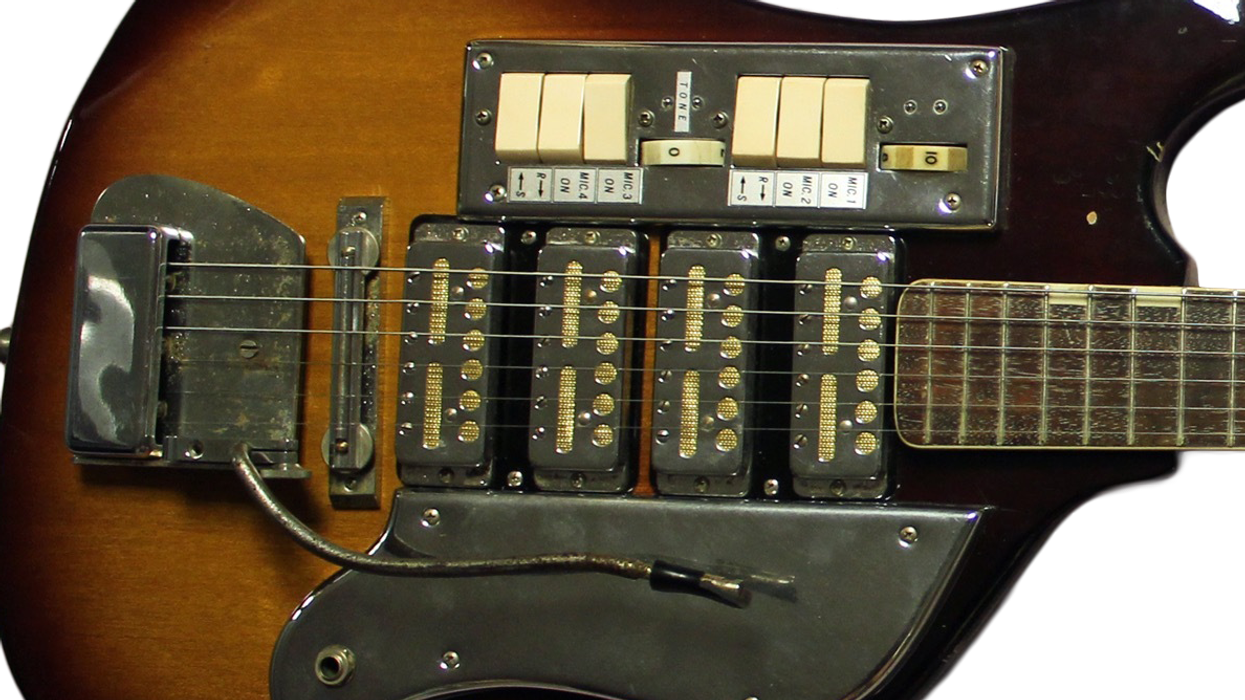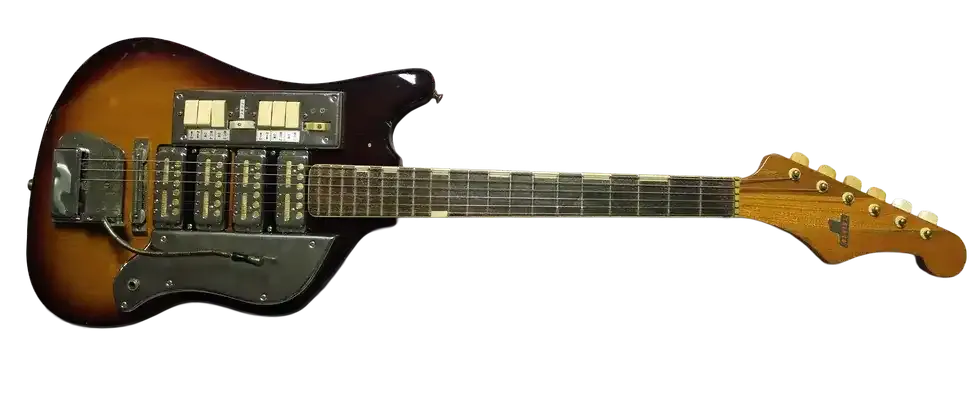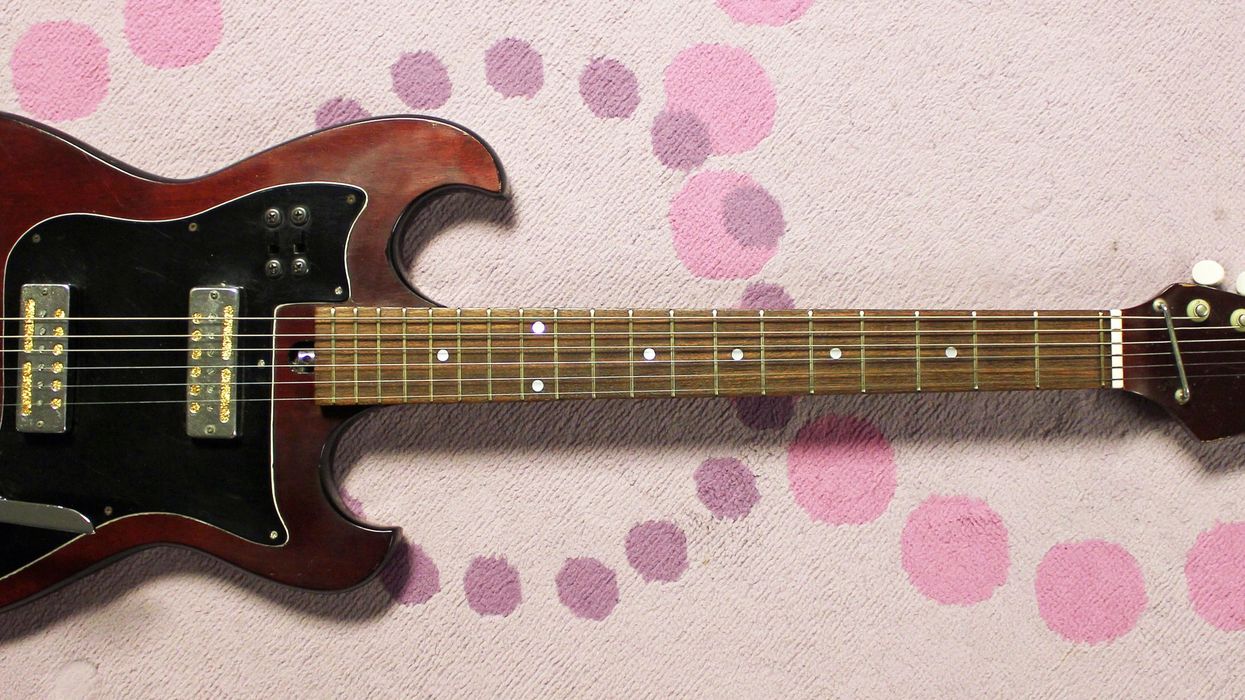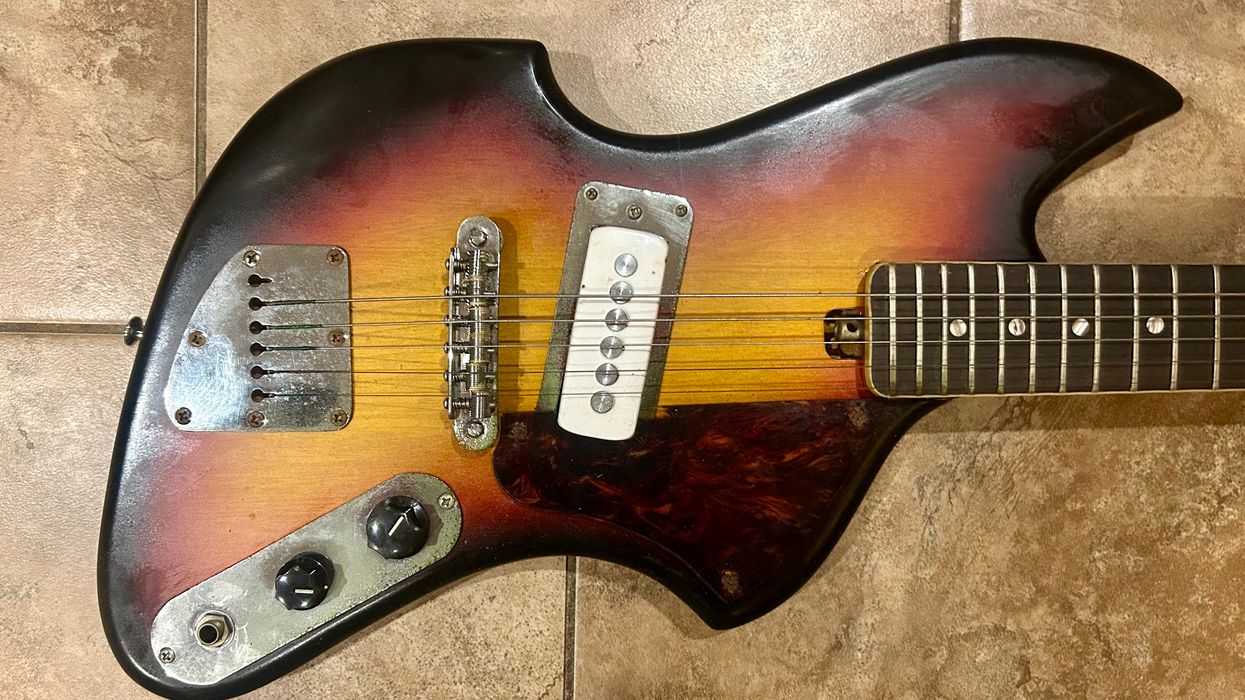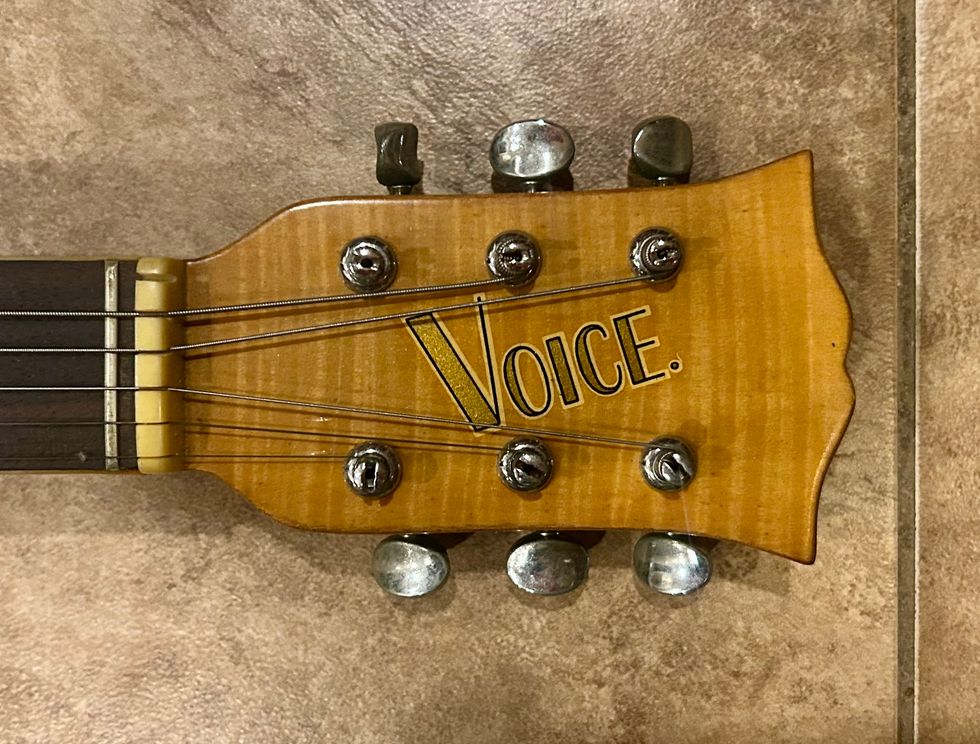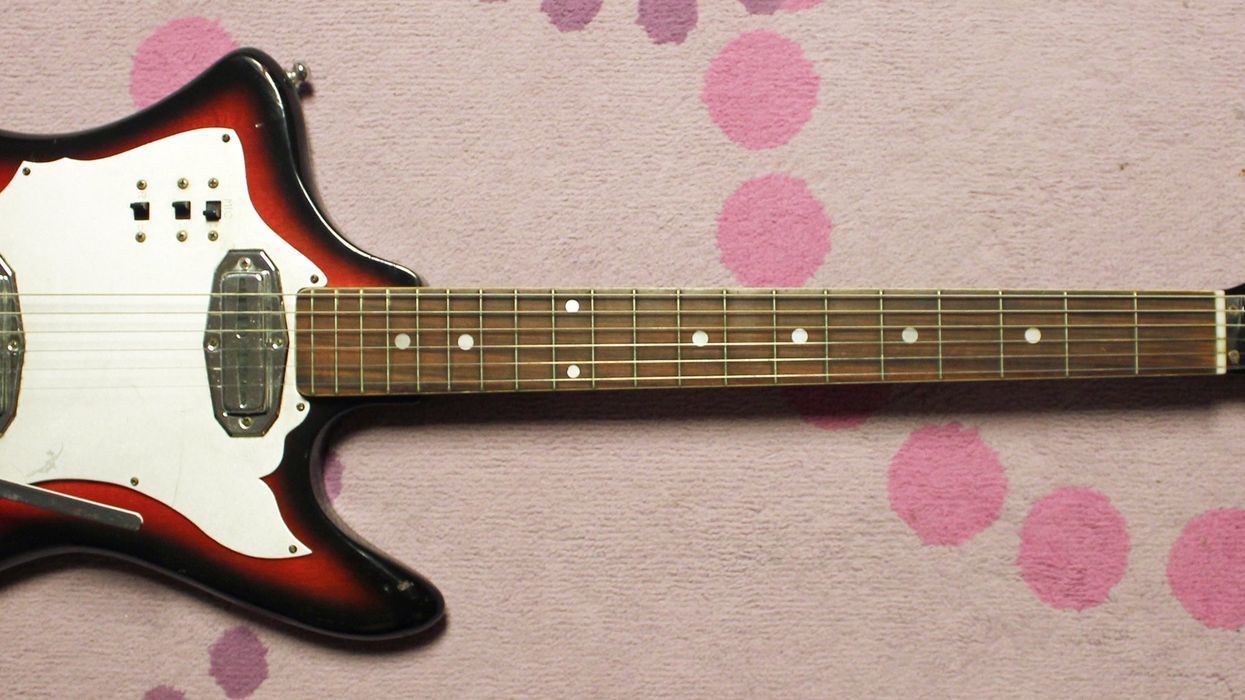Recently, I was touring college campuses with my daughter because she’s about to take the next step in her journey. Looking back, I’ve been writing this column for close to 10 years! When I started, my kids were both small, and now they’re all in high school, with my oldest about to move out. I’m pretty sure she’s going to choose the same university that I attended, which is really funny because she’s so much like me that the decision would be totally on point.
The campus looks way nicer than it did back in the ’90s, but there are similarities, like bars, shops, and record stores. Man, our visit took me back to when I was there, which was the last time I was active in bands. Many crash-and-burn groups came and went, and it was then that I started to collect cheap guitars, mainly because it was all I could afford at the time, and there were a lot of guitars to find.
In that era, I was using an old Harmony H420 amp (made by Valco), a Univox Super Fuzz, and whatever guitar I was digging at the time. I was so proud to pull out oddball guitars during shows and just have this totally trashy sound. Squealing and squeaking and noisy as heck, my style was reminiscent of Davie Allan, Ron Asheton, and Chuck Berry. Of course, I was way worse than all of them, but I did have a frenetic energy and I covered up my lack of skill with feedback. During the ’90s, there was a great punk revival, and I loved bands like the Mummies, Teengenerate, the Makers, the New Bomb Turks, and a bunch of others. Bands were embracing lo-fi, and I was planted firmly in that vein. Plus, the guitars I liked to use already sounded lo-fi.
“This was about the trashiest-sounding guitar, but in a good way!”
For a short spell I was using this Greco guitar and, man, this was about the trashiest-sounding guitar, but in a good way! See, Fujigen pickups (like the ones here) have this echoey voice that I describe as an “empty beer can” sound. My Super Fuzz would just destroy these pickups, and I wish I had some recordings from that era, because it was a real scene! I believe this Greco was a flea-market find but it was much later that I found out it was called a Greco Model 912. This was actually a copy of a German-made Framus guitar, but with a lot more glitz and a crazier headstock. Four pickup selector switches, volume/tone knobs, and a rhythm/lead switch rounded out the electronics. Again, these pickups are instant spaghetti-Western movie tone. Airy and bright, the bridge area is like instant, gnarly surf music. Tom Morello of Rage Against the Machine has a similar guitar and John Barrett of Bass Drum of Death was also fond of these pickups. Interestingly enough, these particular Grecos were made in small numbers, ranging between 500 to 600 in total (including all pickup combinations).
The Greco brand was initially owned by the U.S.-based Goya Corporation, but in the late 1960s, Fujigen bought the brand name (for $1,000) and produced a few truly gonzo guitars, including this Model 912. Originally called the GE-4, the four-pickup version sold for $99.50 in 1967. My particular 912 was sold at Sid Kleiner Guitar Studios in Califon, New Jersey (which I learned thanks to the attached store sticker on the headstock).
Aside from the chrome coolness and the four pickups, this model featured a cute little flip-up bridge mute that was all the rage at the time. The body also had some tasteful German carvings around the edges, and as I write this, I am missing this guitar tremendously! But not even close to the way I’m going to miss my girl in a few months. At least I know that she can shop at the same record stores!


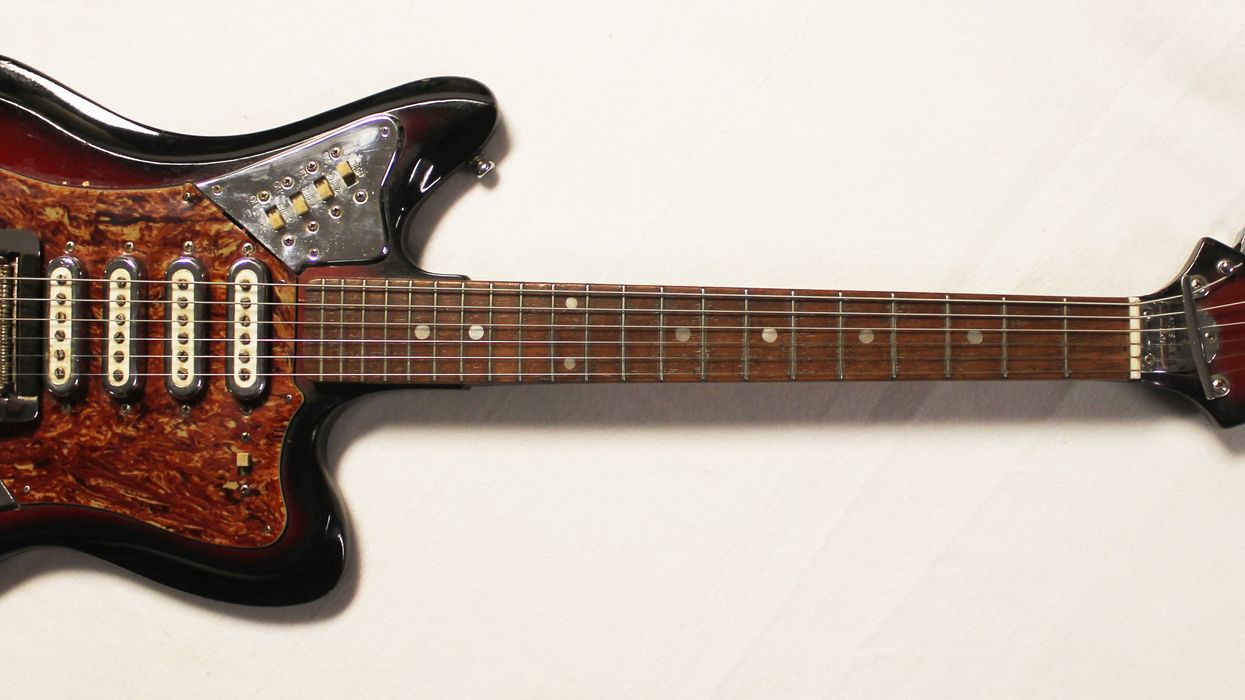


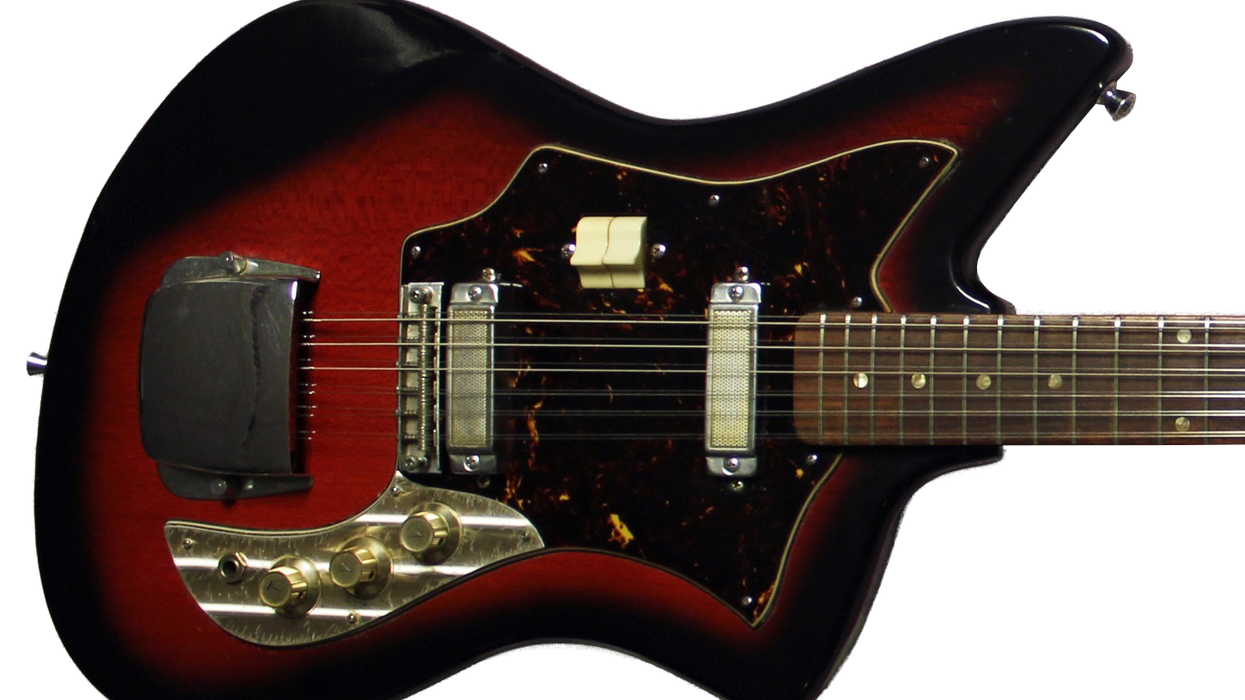
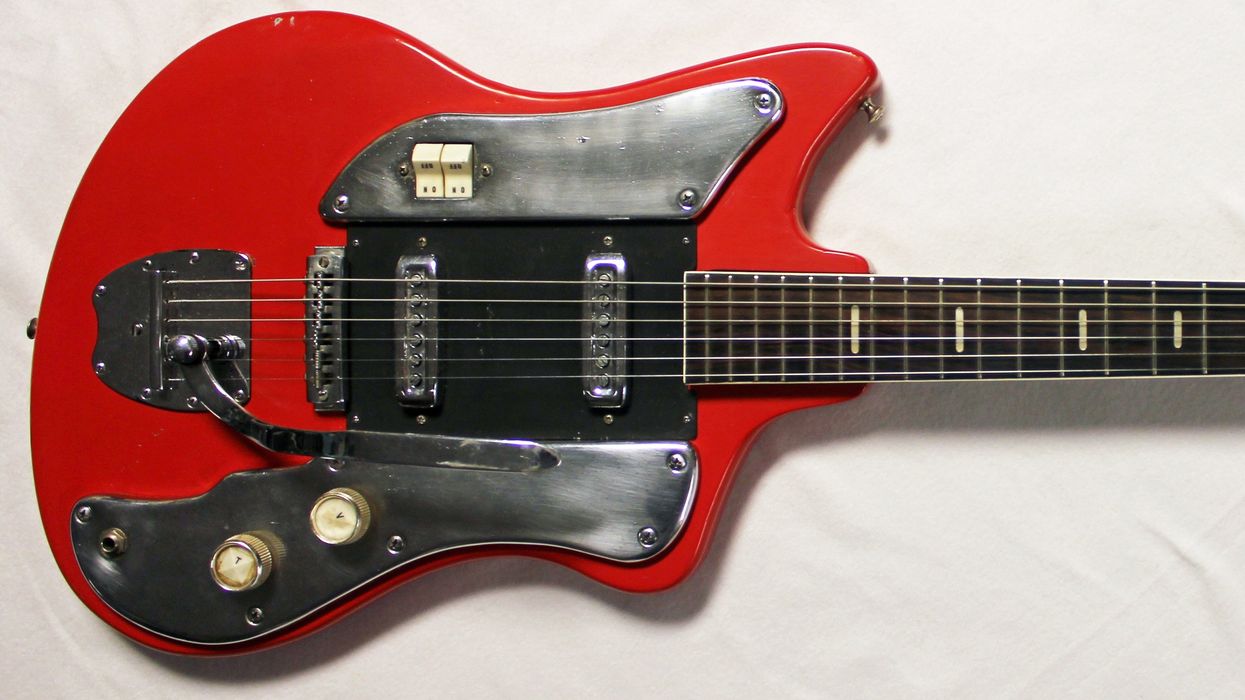
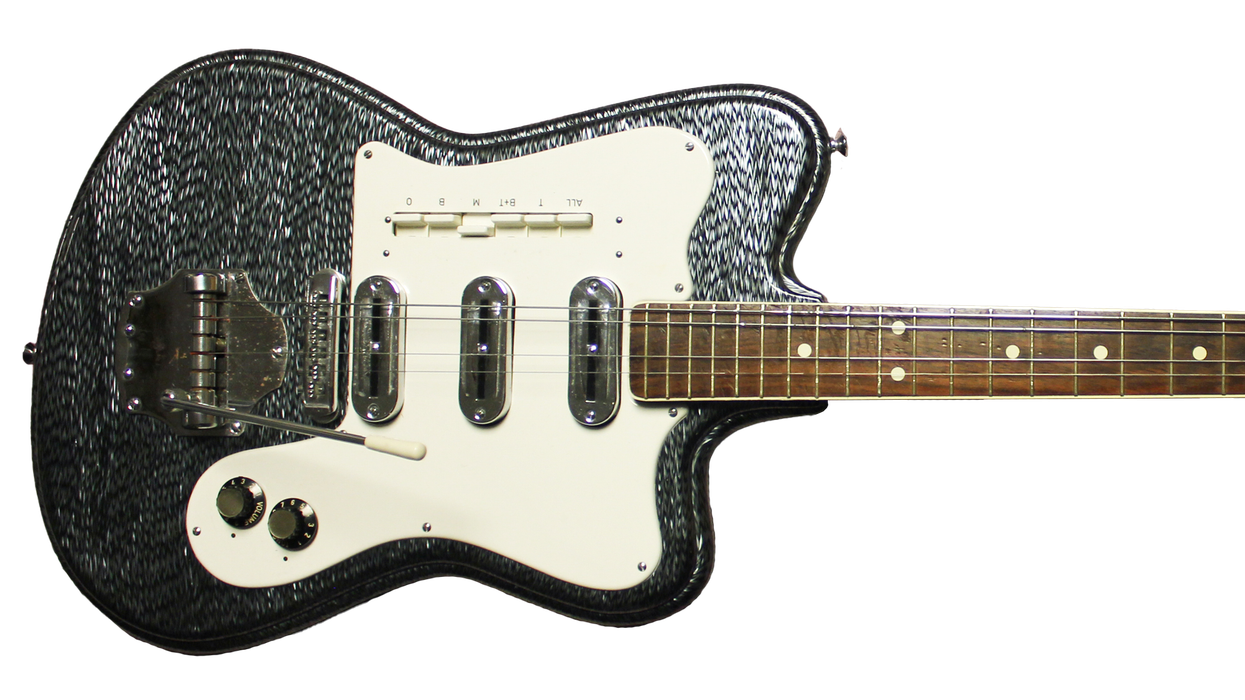
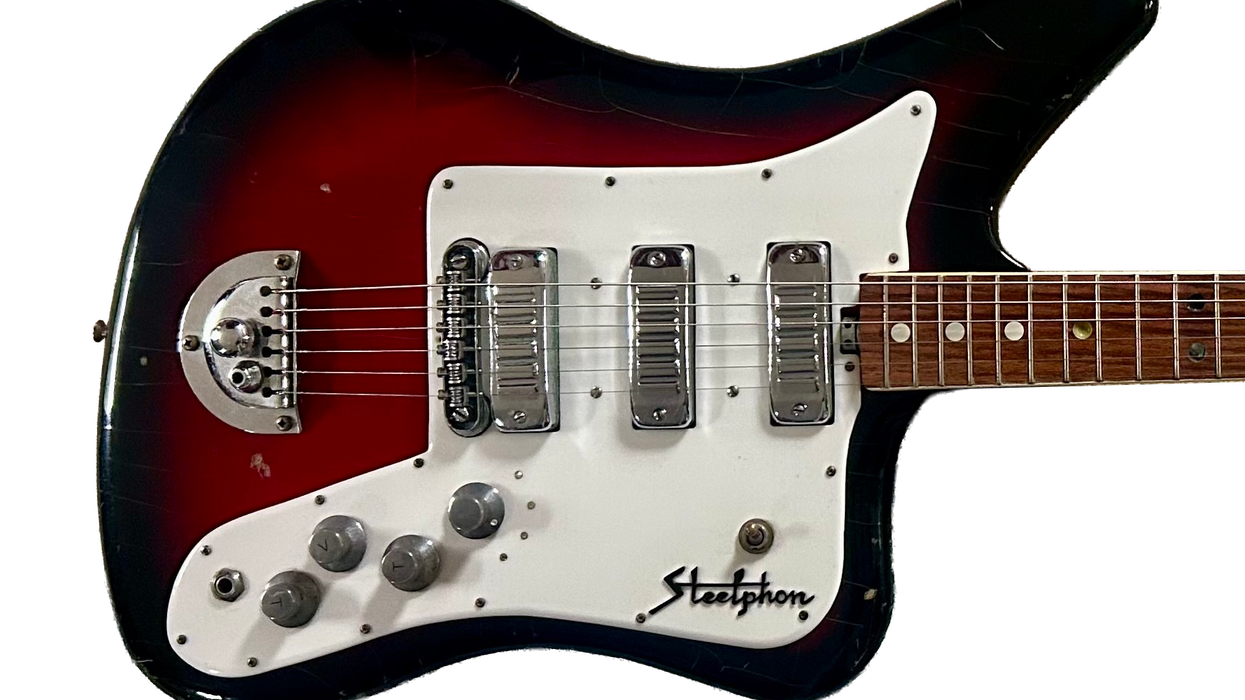
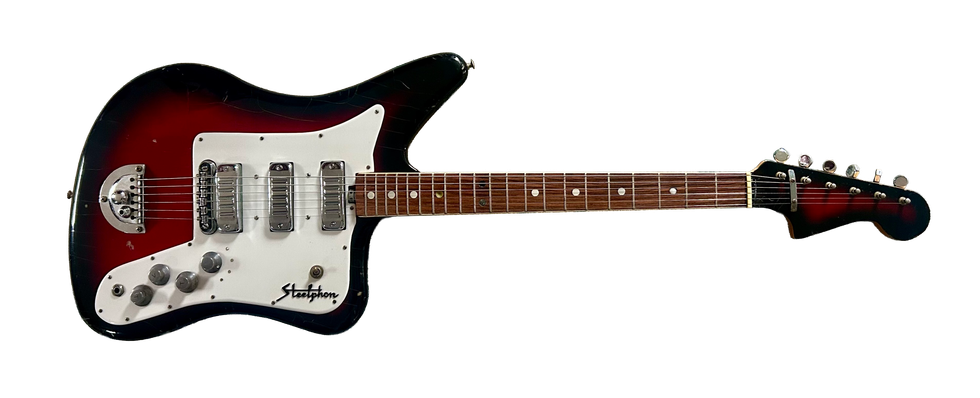 Then, in the dream, I “awoke” and realized I was back in my bedroom, and it was all just a dream. The kicker is that I was still dreaming, because that “paddle” guitar was suddenly in my hands—then I woke up for real! How about that misadventure?
Then, in the dream, I “awoke” and realized I was back in my bedroom, and it was all just a dream. The kicker is that I was still dreaming, because that “paddle” guitar was suddenly in my hands—then I woke up for real! How about that misadventure?





